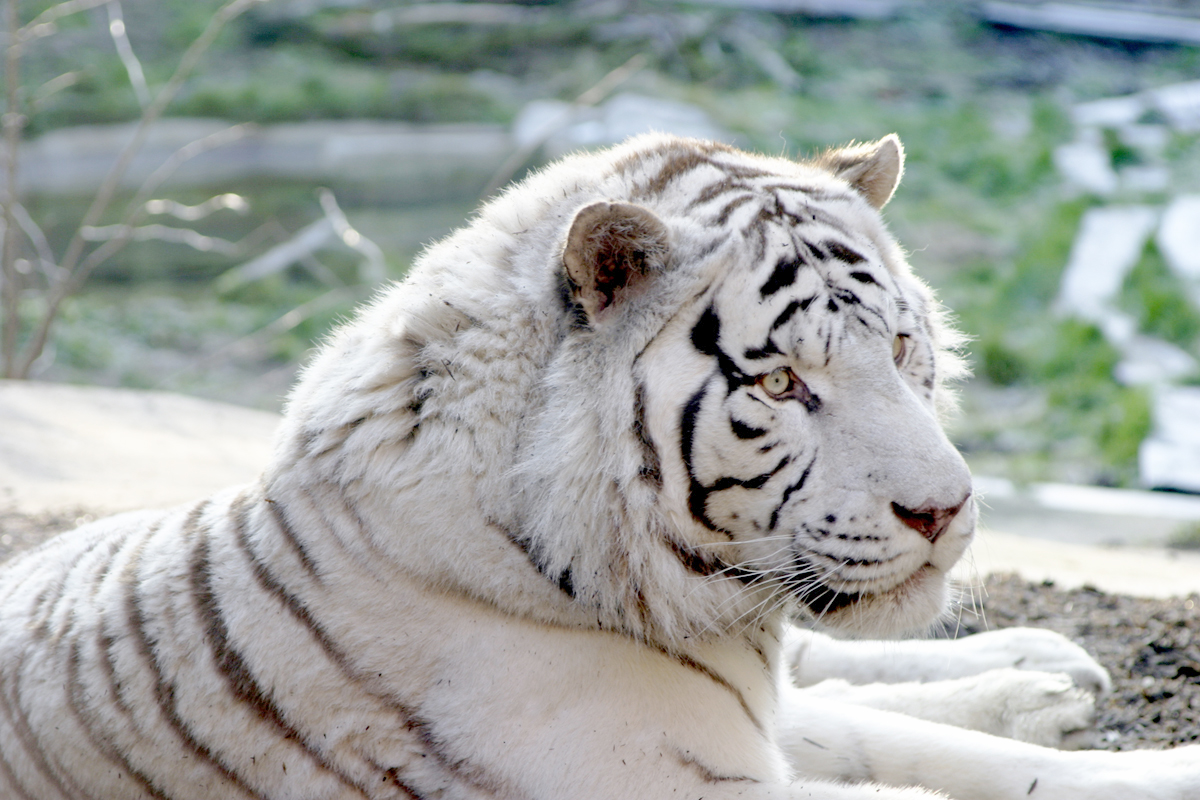Causes of scoliosis
Scoliosis, a curvature of the spine away from the mid-line of the body when viewed from behind, can vary from mild to moderate or severe. Most cases of scoliosis are “acquired” or functional, often starting during the teenage years. A small percentage of cases is congenital (present at birth), and another small percentage of cases is associated with connective tissue disorders, such as Marfan’s syndrome, as well as neuromuscular conditions, such as cerebral palsy, spina bifida, dystonia, and spinal muscular atrophy.
Scoliosis of the functional or “acquired” type may be caused by faulty posture while sitting or standing several hours at a time, trauma to the neck or back anywhere along the spine, asymmetric activities at work or play, such as playing a musical instrument, or pursuing activities that require the use of one side of the body more than the other, and so forth.
Trauma, such as whiplash injury, broken ribs or clavicles, an imbalanced gait after leg or foot injuries, and head or neck injuries can lead to functional scoliosis at any age.
Weak musculature along the spine as we age and move less may also lead to scoliosis.
Scoliosis causes your spine to curve like a corkscrew.
With scoliosis, the spine acquires an improper curvature in a corkscrew like fashion. We tend to think of scoliosis as a sideways (lateral) curving of the spine. However, the spine also twists (rotates) as it curves, somewhat like a corkscrew.
This creates a distorted space inside the rib cage, that may make it difficult to take full breaths, swallow or digest food, and of course pursue everyday activities, as well as sports and hobbies. Moreover, living with scoliosis may manifest in musculoskeletal pain, increased menstrual pain, and interfere with sleep and regular bowel movements. Pregnancy and giving birth may be more challenging as well.
Connective tissue changes help to maintain and worsen scoliosis.
As scoliosis develops, whether from trauma or poor posture, the connective tissue (fascia, ligaments, and tendons, etc.) which weaves and envelops every cell, tissue, organ, muscle and other body structure (blood and lymph vessels, nerves, meridians, and so forth), congeals (“shrink wraps”) around the deformity. This creates a stranglehold, in this case around the spine, that prevents it from straightening itself out.
Much of the tension is trapped in the connective tissue of the upper torso (costal pleura), which lines the inner aspect of the rib cage and holds the ribs together. As scoliosis progresses, the connective tissue shrinks around the deformity of the ribs and helps to maintain it, acting like a straight jacket or too tight body suit.
The structures within the rib cage, namely the heart, lungs, thymus, trachea, esophagus, blood vessels, lymph vessels, nerves, diaphragm (breathing muscles), part of the liver, gall bladder, part of the stomach, pancreas, kidneys, and spleen will all suffer from this constriction. Not to forget the spinal cord that travels through a twisted vertebral canal, as well as the spinal nerves that leave the vertebral canal through the intervertebral foramina (spaces) to innervate most of the body.
Craniosacral therapy helps the spine straighten itself out.
The most effective strategy aims at helping the body to release the tension and distortions in the connective tissue.
Energetic unwinding of the spine, joints & muscles, which combines craniosacral therapy with acupressure and soft tissue work, can help the body to release the restrictions in the connective tissue caused by scoliosis, giving the spine more room to straighten itself out and remain that way. During the course of the therapy, the body is being re-educated to use the muscles supporting the spine in a more efficient and symmetric fashion.
Moreover, the rib cage can take on more of its former (healthy) shape, allowing the structures within it more space to again function the way they are designed to.
